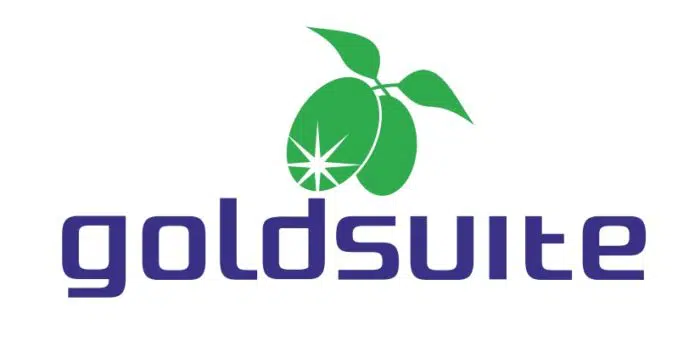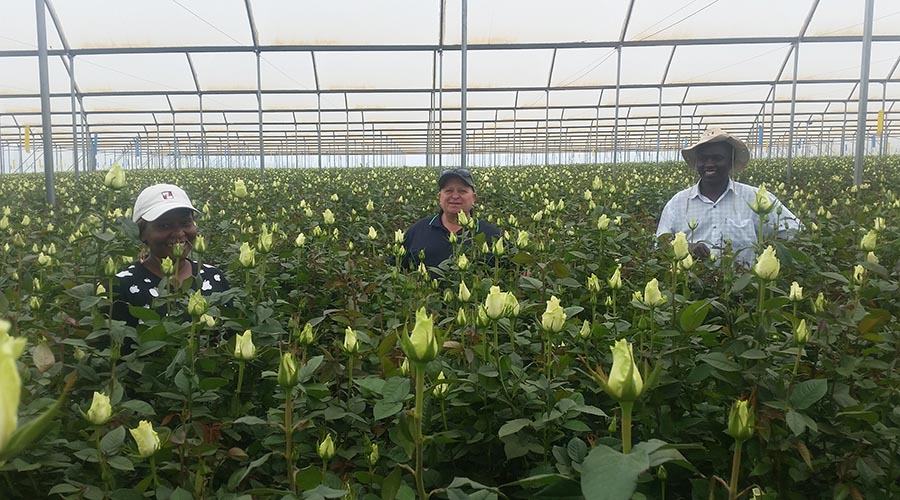At Goldsuite we have the ability to customise Liquid Fertiliser products and nutritional programs to suit farmers’ individual needs. This provision of customised products and programs together with Goldsuite’s agronomic support all work to improve crop yields.
In Western Australia, particularly on sandy soils, lupin yield is often reduced by environmental stresses such as a lack of water, salinity or poor nutrient absorption, which may cause flower abortion. Goldsuite has spent several years with our Agricultural Technology partners researching this issue and has developed a unique product blend, Lupinbud, which acts to reduce flower abortion in lupins. Independent replicated trials have shown marked increases in average yield of up to 300 kg/ha.
Convenient And Versatile
The convenience and versatility of liquid fertilisers is obvious; products are in solution and ready to apply through irrigation systems or spray onto a given crop. Additionally, some liquids also offer compatibility with other fertiliser products and/or herbicides and pesticides, which are not afforded by all. Australian broadacre farmers frequently apply urea ammonium nitrate (UAN) to an established crop. Liquids allow trace elements like Zinc, Manganese and Copper to be co-applied at this time, perhaps even together with a herbicide or pesticide. Significantly oxide suspensions such as Goldsuite’s liquid fertiliser Suspension contrate range are compatible with UAN with no further requirement for additional water.
By contrast, liquid sulphates are only compatible if the UAN is diluted with water; something which many farmers are reluctant to do, as this requires the refilling of tanks more often and consequently results in greater time spent and increased costs of application.
The versatility of liquid fertilisers is inherent in their suitability to application by a variety of means, through irrigation systems (fertigation), through spray equipment as foliar feeds (e.g. boom sprays or aerial applications) or directly to seed or through seeding equipment during seeding (e.g. air seeders used in broadacre farming). Fertigating liquid fertilisers overcomes the need for manual application (with tractors or by hand) or for dissolving soluble fertilisers in tanks first as the nutrients are already in liquid form and are ready to be injected through irrigation equipment. This in turn reduces the cost of both application and fertiliser preparation.
In the case of fertigation, certain water-soluble products are particularly slow to dissolve (e.g. Potassium Nitrate, Potassium Sulphate) and, when dissolved, are in a far less concentrated form than formulated liquid products. This is particularly true of water-soluble Phosphate and Potassium fertilisers, increasing labour costs incurred in fertilizer preparation, as many more tank concentrates have to be made to apply the same quantity of nutrient as a formulated liquid product. A tank concentrate of Potassium Sulphate may contain less than 5% K. By contrast, liquid K sources can be in excess of 40% or 8 times the K concentration of a tank concentrate of potassium sulphate. This concentration factor is also critically important in relation to transport costs of liquid fertilisers.
As mentioned, with regard to spray application, liquid fertilisers can be co-applied as tank mixes with herbicides and/or pesticides. This reduces the application costs (machinery, fuel and labour) associated with separate application of granular or powder fertilizers and is particularly important in broadacre agriculture where areas to be covered are extensive.
Whilst some powder fertilisers can be dissolved and applied through boom-sprays, this is generally not the case with oxides of nutrients like Zinc, Manganese and Copper. Invariably, only liquid sources of these oxides can be effectively applied through spray equipment.
Cost Effective
Liquid Fertilisers in suspension takes the guess-work out of mixing and fertiliser application. Application via irrigation or spray equipment delivers the nutrients evenly and directly to the plant via the leaf or roots for effcient and effective uptake without wastage.
Accuracy of Analysis
Liquid fertilisers are ready and easy to use. Liquids are versatile in that they can be applied in different ways. The combination of uniform quality and the ability to apply small amounts more often when used in combination with modern irrigation techniques and spray equipment improves nutrient recovery relative to less frequent application of granular fertilisers. These factors in different combinations make liquid fertilisers both easy to use and cost-effective. However, in order to maximise the advantages offered by liquids, farmers also need to apply good management practices. For example, in irrigated agriculture, good irrigation scheduling is required to minimise leaching and the resulting loss of nutrients from the root zone. Similarly, crop nutrient programs should be refined with soil and tissue analysis in order to optimise fertiliser rates and thereby reduce costs.
Rapid Nutrient Recovery
When fertigated, liquid fertilisers allow more frequent application of nutrients and lower application rates which in turn allows superior nutrient recovery by the plant and less leaching compared to granular fertilizers. In broadcare agriculture, research from South Australia and other places has confirmed that, under high pH conditions, crops receiving liquid P sources significantly out-yield those under granular fertilisation due to superior availability of liquid P.
All Goldsuite’s product range are either Australian manufactured or formulated giving our customers access to Australian technology and solutions, wherever in the world they are.

